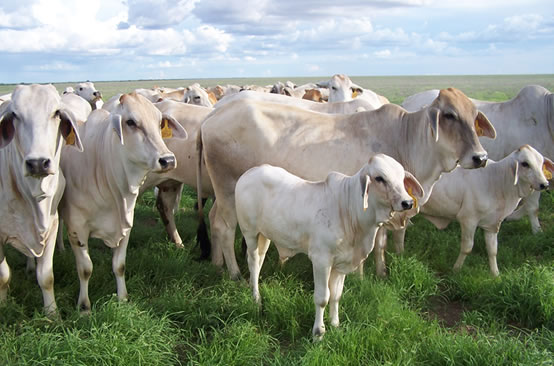A new vaccine offering season-long protection could play an important role in the battle against cattle ticks by reducing reliance on acaricides – pesticides which target ticks and mites – and allowing producers to move cattle from tick free to tick endemic areas. Researchers are also trialling a new single-dose tick vaccine delivery system.

A reformulated long-lasting cattle tick vaccine, which could be in commercial production within four to five years, promises a major advance against the number one cattle pest in the country – and significant progress has been made on a longer term, more effective vaccine.
Ticks are estimated to cost the Australian cattle industry at least $175 million a year and they have a major animal health and welfare impact on herds in tropical cattle regions worldwide.
A team of Queensland scientists led by QAAFI’s Associate Professor Ala Lew-Tabor is developing new improved antigens which produce antibodies to induce an immune response in the animal to protect against ticks.Associate Professor Lew-Tabor said the long running research, which began twelve years ago within the Queensland Department of Agriculture and Fisheries, was now showing promise and attracting commercial interest.
A range of different combinations of tick antigen have been trialled for their effectiveness on live cattle ticks.
A reformulated long-lasting cattle tick vaccine, which could be in commercial production within four to five years, promises a major advance against the number one cattle pest in the country – and significant progress has been made on a longer term, more effective vaccine.
Ticks are estimated to cost the Australian cattle industry at least $175 million a year and they have a major animal health and welfare impact on herds in tropical cattle regions worldwide.
A team of Queensland scientists led by QAAFI’s Associate Professor Ala Lew-Tabor is developing new improved antigens which produce antibodies to induce an immune response in the animal to protect against ticks.
Associate Professor Lew-Tabor said the long running research, which began twelve years ago within the Queensland Department of Agriculture and Fisheries, was now showing promise and attracting commercial interest.
All of the information contained on this page and the original article can be found: Promising Results on Two Tick Vaccine Fronts
